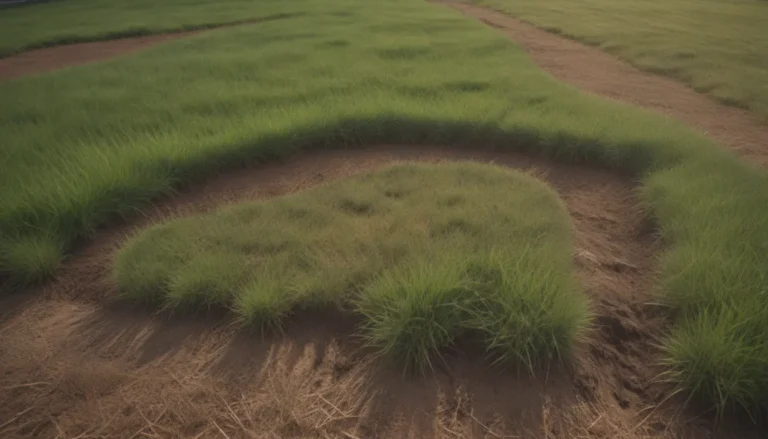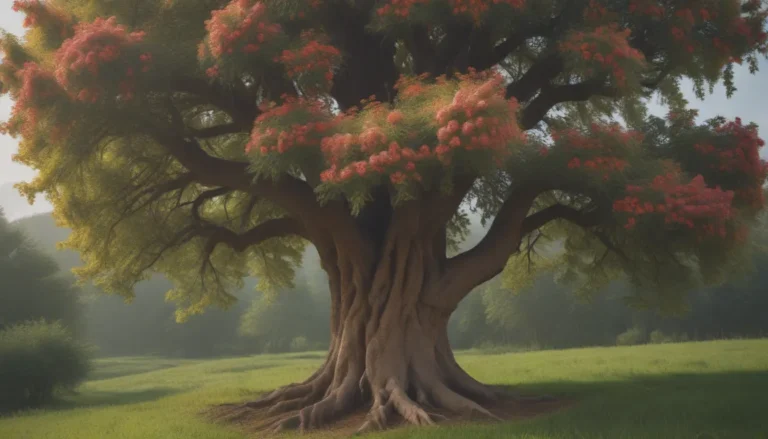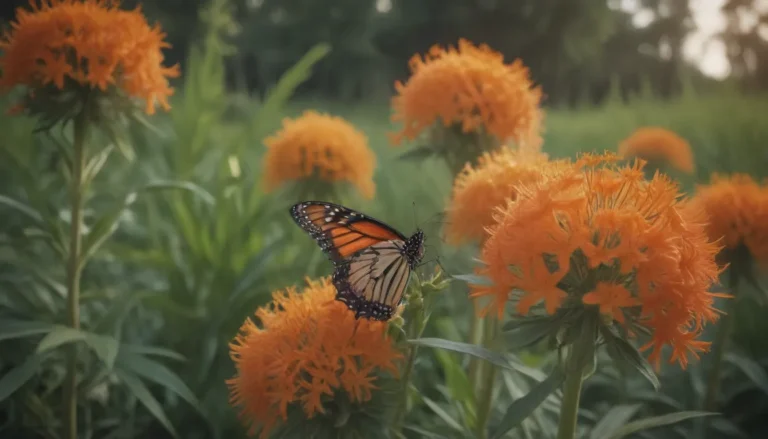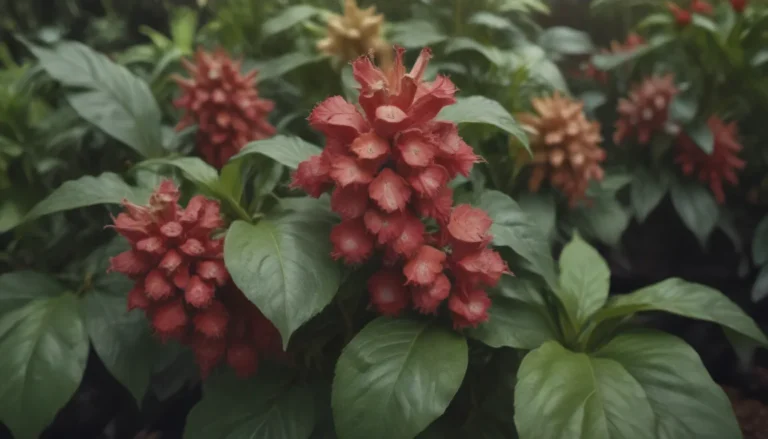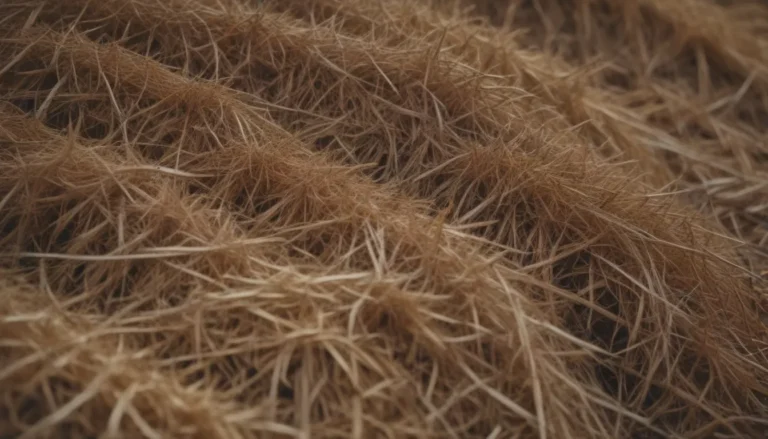How to Choose the Best Light for Optimal Plant Growth
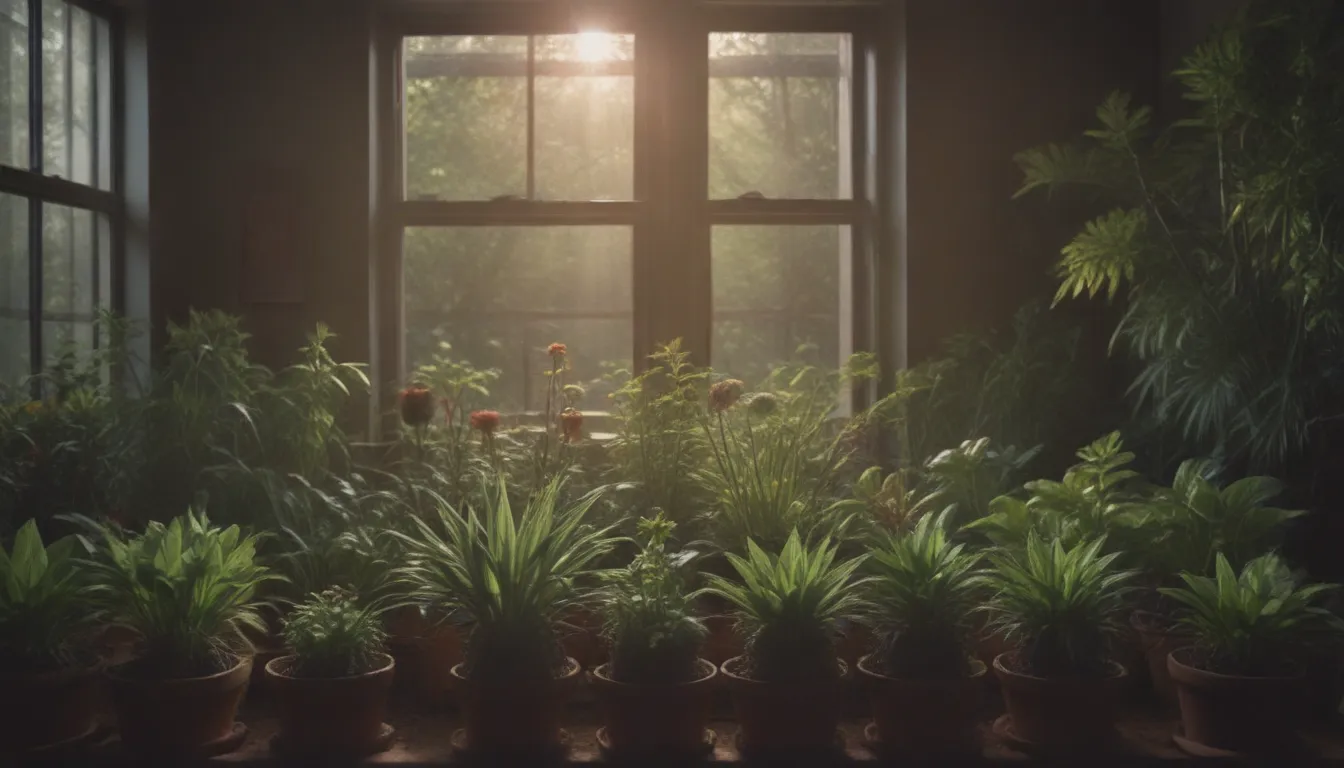
As plant lovers, we all want our indoor plants to thrive and flourish, even when natural light is limited. That’s where grow lights come in handy! When it comes to selecting the right grow light for your indoor plants, the color of light plays a crucial role in determining their growth and overall health. Let’s dive into the world of grow lights and explore which color of light is best for your plants.
Understanding the Visible Light Spectrum
Before we get into the nitty-gritty of grow lights, let’s take a moment to understand the visible light spectrum. This segment of the larger electromagnetic spectrum contains the light visible to the human eye. Two key measurements to keep in mind are Kelvin and nanometers.
- Kelvin (K): This measures the color temperatures of the full light spectrum. LED grow lights typically have a Kelvin range of 2,700 to 6,500. For promoting vegetative growth, opt for a light in the range of 5,000 to 7,500 Kelvin.
- Nanometers: These measure the specific wavelengths of colored lights. The visible light spectrum that plants use for photosynthesis ranges from about 400 to 700 nanometers, known as Photosynthetically Active Radiation (PAR).
While blue and red light are often highlighted for their importance in plant growth, it’s essential to remember that the entire PAR spectrum, including green and yellow light, plays a significant role in supporting healthy plant growth.
Red vs. Blue Light: Which is Better for Plant Growth?
While plants utilize the entire PAR spectrum for photosynthesis, red and blue light are particularly crucial for their growth and development. Red light supports stem growth, leaf expansion, and regulates flowering and dormancy. On the other hand, blue light is responsible for chlorophyll production, root growth, and leaf thickness. Both types of light are essential for overall plant health and should not be overlooked.
In commercial settings, growers may cycle through lights with a heavier emphasis on either blue or red light to achieve specific outcomes and high yields. However, for most residential applications, a grow light that provides the full PAR spectrum is ideal.
Choosing the Right Grow Light for Your Indoor Plants
Now that we understand the importance of red, blue, and full-spectrum light, let’s discuss how to choose the right grow light for your indoor plants. Here are some tips to consider:
- LED Lights: LED lights are a popular choice for homeowners and small-scale applications due to their cost-effectiveness and energy efficiency. Look for LED grow lights that cover the full PAR spectrum (400 to 700 nanometers) and include ample red and blue light.
- PPFD Value: While not always a standard unit of measurement, the Photosynthetic Photon Flux Density (PPFD) value indicates the amount of light emitted by a grow light. Aim for a PPFD value in the range of 500 to 700 µmol/m2 for optimal indoor plant growth.
- Lighting Duration: Most plants benefit from 8 to 10 hours of light per day. However, the lighting duration may vary based on the type of plant and existing light exposure. Fruiting plants, for example, may require up to 18 hours of light daily.
By selecting the right grow light and providing your plants with the appropriate lighting duration, you can ensure they receive the necessary light spectrum for healthy growth and development.
Additional Tips for Successful Indoor Plant Growth
In addition to choosing the right grow light, there are a few more factors to consider to ensure your indoor plants thrive:
- Proper Watering: Maintain a consistent watering schedule based on your plant’s needs to prevent over or under-watering.
- Humidity Levels: Monitor humidity levels and consider using a humidifier or pebble tray to create a suitable environment for your plants.
- Nutrient Balance: Provide your plants with the essential nutrients they need through fertilization at regular intervals.
- Air Circulation: Ensure good air circulation around your plants to prevent stagnant air and promote healthy growth.
By paying attention to these additional factors and incorporating them into your plant care routine, you can create an optimal environment for your indoor plants to flourish.
Conclusion
In conclusion, when it comes to choosing the best light for plant growth, it’s essential to consider the color spectrum of light that your plants require. Red and blue light play critical roles in supporting plant growth and development, while the full PAR spectrum is necessary for balanced and healthy growth. By selecting the right grow light, providing adequate lighting duration, and addressing other essential factors such as watering and nutrient balance, you can create an ideal environment for your indoor plants to thrive. Remember, a little care and attention go a long way in ensuring your plants stay happy and healthy!
